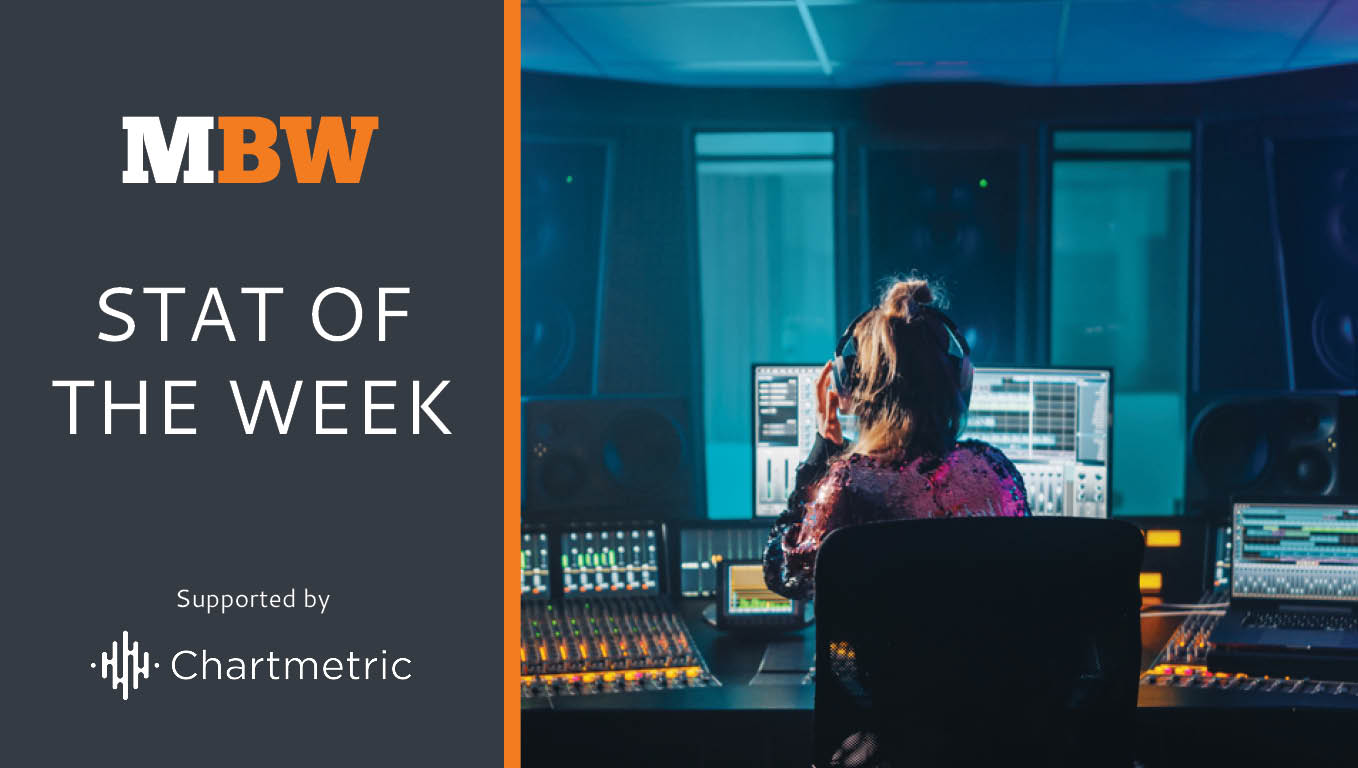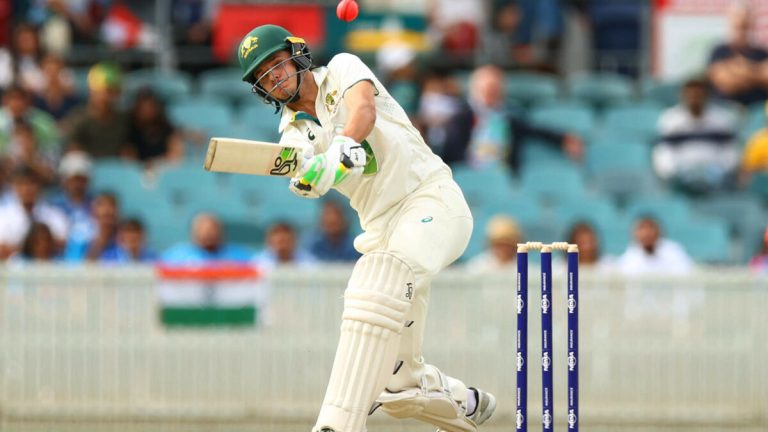MBW’s Stat Of The Week is a series in which we highlight a data point that deserves the attention of the global music industry. This week’s Stat Of the Week comes from the series’ long-time supporter, music data analytics firm Chartmetric.
Music analytics company Chartmetric has published its 2025 Make Music Equal Report, which presents the company’s analysis of pronoun data from a database of over one million artists across 230 countries and territories.
First released in 2018, Chartmetric says that its Make Music Equal initiative began as a “data-driven approach for measuring and improving the structural inequities of today’s music industry”.
Today, according to Chartmetric, the initiative exists as three parts, including a free and fully accessible database of over 1 million artist pronouns across the world; a live and regularly updated dashboard that offers a snapshot into the current state of diversity in the music industry; and an artist Identification Tool that lets users check and verify an artist’s pronoun data.
Chartmetric added in its report that “rather than assigning gender to artists,” which it says is “a problematic method regardless of accuracy,” the company has “relied on the pronouns that artists and their teams include in their bios on digital streaming platforms”.
The company explained further: “This has grown into a database of over 1 million pronouns. We use this data to analyze pronoun distribution across genres, playlists, and charts, aiming to highlight the industry’s gender disparities and identify where improvements are most needed.”
For the most recent report, which you can read in full here, Chartmetric has divided its research into 10 key segments. Below are a few key findings that stood out
Chartmetric has pronoun data on more than 1 million artists from 230 countries and territories. Of this 1 million, over 728,000 are solo acts. Today, according to Chartmetric’s research, 79% of these solo acts use he/him pronouns, while 18% use she/her pronouns and 3% use they/them and other pronouns.

Meanwhile, among the top 100 artists by ‘peak Chartmetric score’, women now make up 33% of this elite tier, representing a significant increase from just 26% in 2020 (see chart below).
While men still dominate with 56% of the top spots, the seven percentage point gain suggests female artists are increasingly breaking through into the industry’s most visible ranks.

The report highlights disparities in the sync licensing world, with video games showing the greatest gender imbalance.
While TV syncs demonstrate relatively balanced representation with 29% male artists and 26% female artists, video games feature 49% male solo artists compared to just 6% female artists in their soundtracks.
Festival and concert data reveals an interesting trend linked to rising touring costs. Between 2019 and 2024, the percentage of she/her artists performing at festivals rose by 3% while he/him acts saw a modest 2% increase.
This growth appears to be driven by a notable decline in bands on festival lineups – from 47% to 41% for concerts and 50% to 40% for festivals (see below) – as the “rising global cost of touring” makes individual artists more economically viable for promoters.

The report identified significant regional variations in gender representation.
Taiwan emerged as the country with the smallest gender gap among solo artists, with male artists representing 63% compared to 34% female artists – a 29 percentage point difference.
At the opposite extreme, Bangladesh showed the largest disparity with 92% male artists and just 6% female artists.

One of the most significant data points revealed within Chartmetric’s report is the power of female audiences in driving artist success.
Among the Top 10 male artists by Chartmetric score, female followers outnumbered male followers for all except three artists – Drake, Eminem, and Kendrick Lamar. Meanwhile, female artists saw female fans dominate “across the board.”


The report concludes that this pattern “highlights the strength and consistency of female fandom culture, particularly their roles in driving artist engagement on social platforms.”Music Business Worldwide







